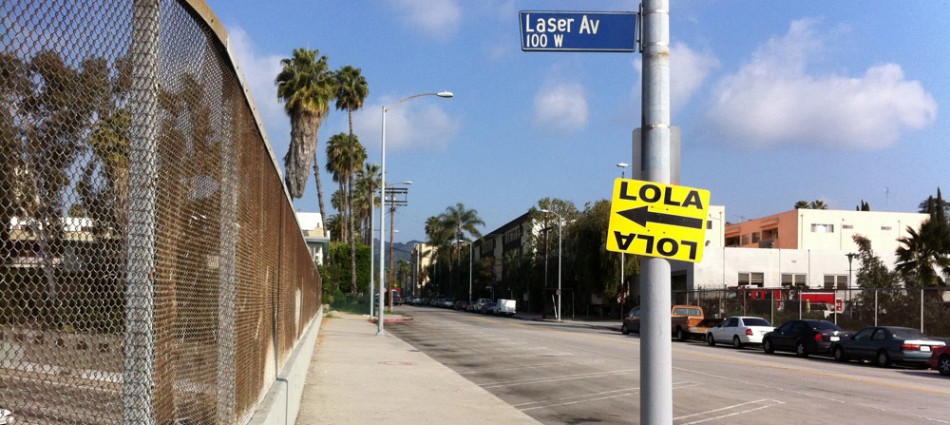Make Something !
lola@lasersoverlosangeles.com

Laser Engraving
Engraving Overview
Laser engraving works a lot like a printer does, by making passes back and forth over the material and burning a single thin line it can engrave a wide variety of images, textures and effects onto a surface, depending on the material. You can engrave at different resolutions just like a printer as well, as some materials can take a higher resolution like cast acrylic and some require a much lower resolution or they will turn into spider-web generating goo like certain suppliers of extruded acrylic.
Engraving to a Depth
Often customers will want to remove material to a particular depth in the same way as a CNC milling machine or hand-held router would. It is possible to remove material in this way but not nearly as accurately as with a router. We usually advise customers to split the piece into two layers, one with the outline as well as the interior parts cut out and cut from material the same thickness as the depth of the recesses required, and a second piece with just the outside outline cut. The two pieces would then be adhered together to create the required shape with clean and precise recesses/reliefs in the material.
Engraving Wood
Engraving into wood can make a nice visual depending on the species and the type of grain running through the wood, too much grain can make it difficult to read, especially since the grain itself it usually much harder than the surrounded softwood which engraves away at a greater depth than the hardwood of the grain, leaving an uneven surface. Also select a wood that gives a good contrast to the unengraved areas like cherry or alder so the engraving stands out.
Engraving Acrylic
There are two types of acrylic: extruded and cast. Don’t even bother with extruded acrylic for engraving, just stick with cast as it is what you are looking for with a nice white appearance. Use extruded for cutting as it leaves a nicer edge, but if you are doing both, go for cast as we can still get a good edge quality with cast.
Engraving Other Materials
Generally for engraving the main variables are
-what color the material changes to when it is burned
-making sure the material is not too thin that the laser engraves right through it (I’m looking at you denim)
-the residue that settles on the surface as the material is engraved which leads to…
Masking
We can supply a paper mask for many materials in order to keep the surface as clean as possible when engraving, this masking can be peeled off after the job is done, it can also be left on in order to do a paint-fill on the engraved areas with the masking serving as a stencil to keep the paint only in the engraved areas. For certain materials like some fabrics this is not the way to go as peeling off the paper mask can damage or change the appearance of the material.
